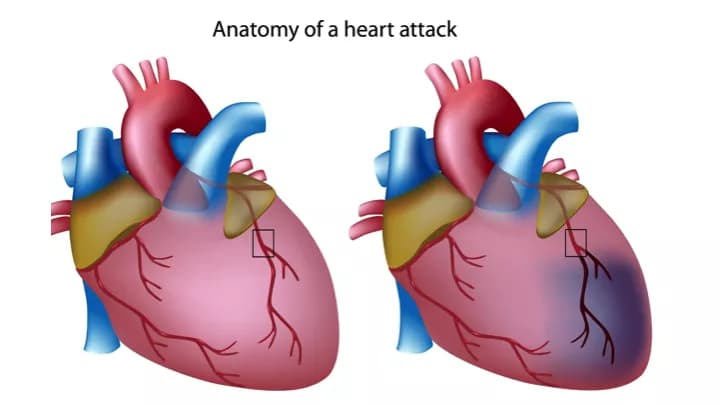
Linking Heart Attack Damage To The Spleen And Kidney, An Integrated Study Of Heart Failure
Heart failure after a heart attack is a global epidemic leading to chronic heart failure pathology. About 6 million people in the United States and 23 million worldwide suffer from this end-stage disease.
Ganesh Halade, Ph.D., of the University of Alabama at Birmingham, says researchers not only need to look at events in the heart as they seek ways to improve post-heart attack healing -- they also need to examine simultaneous changes taking place in the spleen and kidneys.
Why? Because the three organs are linked in the disease process.
The spleen, which is 4 inches long and sits in the upper abdomen, acts as a reservoir of immune cells that speed to the site of heart injury after a heart attack to begin clearance of damaged tissue. Those leukocytes can lead to either heart protection or pathology, depending on how the immune response progresses.
In turn, the injury in the heart muscle after a heart attack develops a progressive signal that triggers structural pathology and complications in the kidneys, which can affect survival in heart attack patients.
Halade, who uses a mouse heart attack model to research ways to prevent heart failure, has now published a functional and structural compendium of the simultaneous changes taking place in the heart, spleen and kidneys in mice during the period of acute heart failure immediately following a heart attack and during the longer period of chronic heart failure that comes next. Such a systems biology study of heart-spleen and heart-kidney networks, also known as the cardiosplenic and cardiorenal networks, will be essential to developing novel treatments for chronic heart failure, says Halade, an assistant professor, UAB Department of Medicine and UAB Division of Cardiovascular Medicine.
In a study in the American Journal of Physiology-Heart and Circulatory Physiology, Halade and colleagues looked at functional and structural changes of the three organs at four time points: one day and five days after heart attack, which is the acute heart failure period in the mouse model, and 28 days and 56 days after heart attack, which is the chronic heart failure period. Fifty-six days after a heart attack for mice translates to about 10 years after a heart attack for humans.
The researchers looked at histological and structural changes in tissue slices from the three organs, and they used echocardiography to measure time-dependent functional changes in the left ventricle of the heart.
In correlation with changes in heart function, the UAB researchers found definite histological and cellular changes in the spleen, and they also found bimodal inflammatory responses in kidney inflammatory biomarkers. In the left ventricle of the heart, there was a unidirectional, progressive and irreversible deposition of compact collagen, along with dynamic changes in the cardiosplenic and cardiorenal networks following the heart attack.
"The renal histology and injury markers suggest that cardiac injury triggers irreversible dysregulation that actively alters the cardiosplenic and cardiorenal networks," Halade said. "Therefore, novel strategies or pathways that modulate comprehensive cardiosplenic and cardiorenal networks during acute heart failure or chronic heart failure could be an effective approach to study either cardiac repair or cardiac pathology."
Materials provided by University of Alabama at Birmingham. Note: Content may be edited for style and length.
Disclaimer: DoveMed is not responsible for the accuracy of the adapted version of news releases posted to DoveMed by contributing universities and institutions.
References:
Halade et al. (2017). Heart functional and structural compendium of cardiosplenic and cardiorenal networks in acute and chronic heart failure pathology. American Journal of Physiology-Heart and Circulatory Physiology. DOI: 10.1152/ajpheart.00528.2017
Related Articles
Test Your Knowledge
Asked by users
Related Centers
Related Specialties
Related Physicians
Related Procedures
Related Resources
Join DoveHubs
and connect with fellow professionals

0 Comments
Please log in to post a comment.